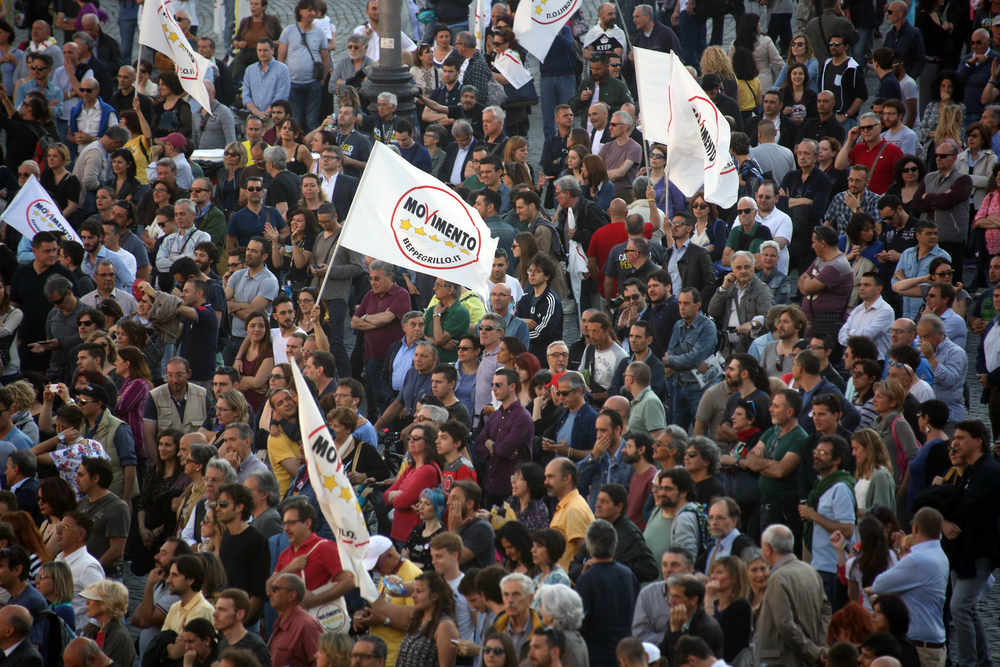The 5 Star Movement (M5S), a political force once synonymous with revolutionary change in Italy, finds itself at a crossroads, as a deep rift emerges between its two most prominent leaders: Beppe Grillo and Giuseppe Conte. This internal conflict threatens to reshape the very foundation of the party, leaving its future uncertain.
In a recent video shared on social media, M5S President Giuseppe Conte addressed the upcoming constituent assembly, emphasizing the need for a thorough reexamination of the party’s identity. “We will be able to discuss everything, recast ourselves entirely,” Conte declared, signaling his openness to reconsider even the party’s most sacred elements, including its symbol, name, and organizational rules. His message, however, appears to challenge the views of Beppe Grillo, the party’s co-founder and guarantor.
Grillo, in a letter to activists and supporters published on his blog, firmly defended the core tenets of the 5 Star Movement. “We are at a fundamental crossroads in our history, where we need to reflect on our roots and what has united us from the beginning,” Grillo wrote. He stressed that the party’s symbol, name, and the rule of the second term are “non-negotiable” pillars that must remain untouched. “To change them would mean betraying the trust of those who have believed in us,” Grillo warned, calling for a steadfast commitment to the original ideals that have guided the movement since its inception.
Conte, on the other hand, argues that the party cannot afford to be rigid in a time of significant political challenges. He questioned the notion that decisions made by a small group should be beyond reproach, advocating instead for a more inclusive and flexible approach. “Let us face this process with a calm and courageous spirit by releasing all our energies,” Conte urged, underscoring the need to revive the movement’s innovative and revolutionary spirit.
The disagreement between Grillo and Conte is not merely a difference of opinion but represents a broader struggle over the direction the 5 Star Movement should take. While Grillo’s stance is rooted in preserving the movement’s identity, Conte appears more focused on adapting to the evolving political landscape.
As the constituent assembly approaches, the future of the 5 Star Movement hangs in the balance. The outcome of this internal struggle could redefine one of Italy’s most influential political forces, determining whether it will cling to its past or embrace change in order to remain relevant in the country’s political system.

